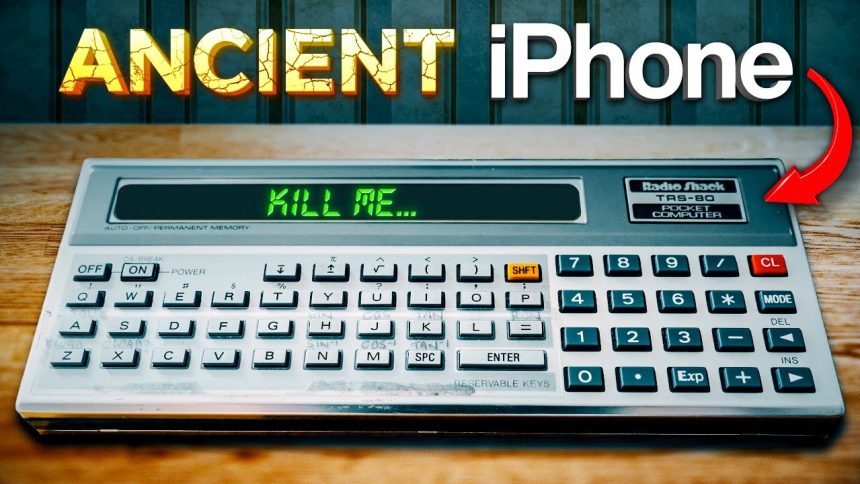The Rise and Fall of Tandy: A Glimpse into Tech History with the TRS-80 Pocket Computer
The world of technology is abundant with narratives of firms that have weathered significant upheavals, emerging resilient on the other side. Think about giants like Apple, Microsoft, Intel, Dell, IBM, HP, and Samsung. Yet among these success stories stands Tandy—an entity whose narrative ended in obscurity alongside its notable invention, the TRS-80 Pocket Computer.
The Innovator’s Edge: TRS-80’s Launch
Exclusively offered by Radio Shack during its prime, the TRS-80 was among a groundbreaking wave of compact personal computers designed for portability. In 2024, it’s commonplace to see lightweight devices like smartphones in everyone’s hands. However, back in the early 1980s, such technology was revolutionary. The November 1980 edition of Popular Science encapsulated this excitement on its cover page where columnist V. Elaine Smay remarked that these diminutive computers enabled users to harness power wherever they went—to their homes or offices and even while traveling.

A Legacy Built on Leather: The Tandy Origin Story
If Tandy or its iconic TRS-80 Pocket Computer isn’t familiar to you—that’s quite understandable. The company took its name from Dave Tandy and his son Charles who originally operated a leather goods business known as Hinckley-Tandy Leather Company based in Texas. Their acquisition spree included ventures such as Cost Plus Imports (later Pier 1), Color Tile units and ultimately Radio Shack in 1962—a game-changing move that thrust Charles Tandy into the tech arena.
Pivotal Moments: Entering Personal Computing
The technological landscape shifted significantly with key launches like Commodore’s PET 2001 and Apple II alongside Tandy’s own TRS-80 desktop model in 1977—signaling an era where consumers could conveniently buy assembled programmable computers instead of wrestling with intricate minicomputer kits tailored for enthusiasts only. While today Apple is a household name globally recognized for innovation, during their inception year of personal computing prominence back then—notably smaller companies like Tandy commanded influence akin to gigantic players today given their extensive retail presence through Radio Shack outlets that surpassed even McDonald’s locations at one point—and thus they cornered around an impressive market share of roughly sixty percent within early PC sales.
The Downward Spiral: What Went Wrong?
So how did it all unravel? In a recent episode by Popular Science, host Kevin Lieber explores not only the history behind the TRS-80 Pocket Computer but also his frustrations while attempting to utilize one today effectively—is he able to find compatible cables necessary just so he can relive nostalgic gaming experiences? And why haven’t we embraced scrolling social media using a handheld device crafted by Tandy? The unearthing of these answers serves as poignant reminders regarding why certain businesses dissipate into oblivion despite once being monumental forces within their fields.

Dive Deeper Into Tech Histories!
Eager for more insightful videos provided by Popular Science? Be sure to check out our YouTube channel! Stay inspired!
This article first appeared on Popular Science’ .






